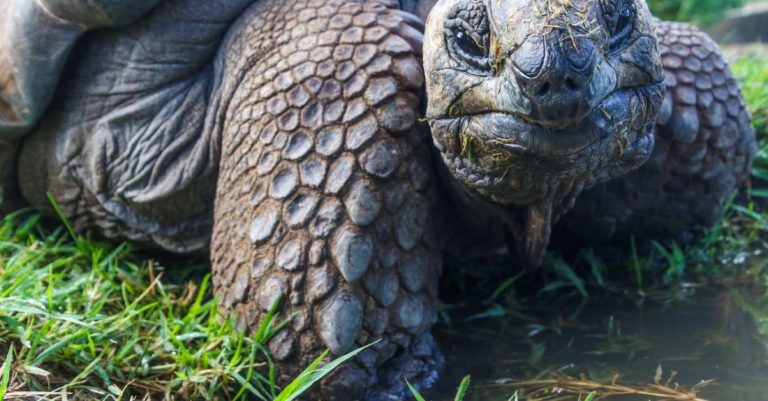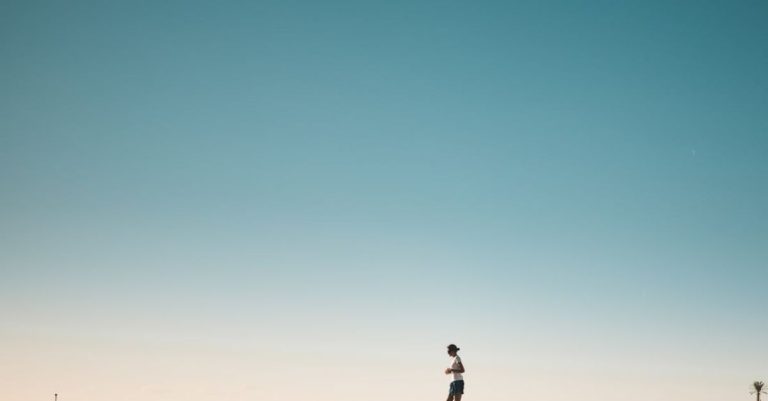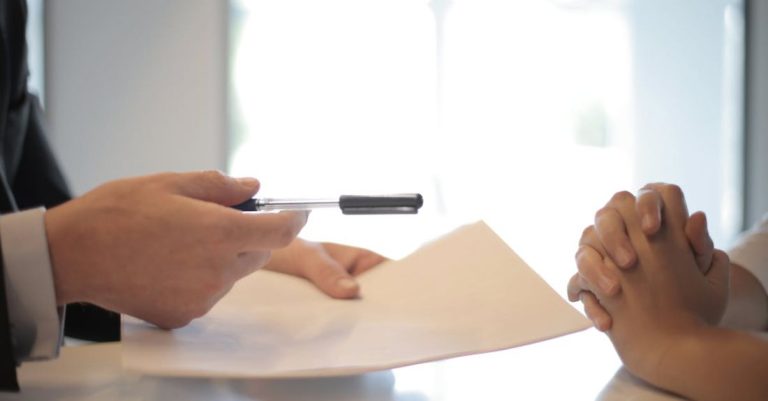
Creating a Wildlife-friendly Backyard
Transforming your backyard into a wildlife-friendly haven not only benefits the environment but also provides you with the joy of observing the beauty of nature up close. By making a few simple changes and implementing some thoughtful practices, you can attract a variety of wildlife species to your outdoor space. Here are some tips on how to create a wildlife-friendly backyard that will turn your garden into a thriving ecosystem.
Plant Native Species
One of the most effective ways to attract wildlife to your backyard is by planting native species of plants. Native plants are adapted to the local climate and soil conditions, making them more attractive to local wildlife such as birds, butterflies, and bees. Choose a variety of plants that bloom at different times of the year to provide food and shelter throughout the seasons.
Create Habitat Diversity
Wildlife thrives in diverse habitats that offer a variety of food sources, shelter, and nesting sites. Include a mix of trees, shrubs, grasses, and flowers in your backyard to create different layers of vegetation. Add features like birdhouses, bat boxes, and bee hotels to provide additional nesting opportunities for wildlife.
Provide Water Sources
Water is essential for all living creatures, and providing a water source in your backyard can greatly increase its appeal to wildlife. Consider installing a birdbath, a small pond, or a shallow dish filled with water to attract birds, butterflies, and other creatures. Make sure to keep the water source clean and refreshed regularly to provide a safe drinking and bathing spot for wildlife.
Avoid Chemicals
Chemicals such as pesticides, herbicides, and synthetic fertilizers can be harmful to wildlife and disrupt the natural balance of your backyard ecosystem. Instead, opt for organic gardening practices and natural pest control methods to keep your garden healthy and safe for wildlife. Embrace natural solutions like companion planting, handpicking pests, and using organic mulch to maintain a thriving garden without the need for harmful chemicals.
Create Shelter
Wildlife needs shelter to hide from predators, seek refuge from extreme weather, and raise their young. Incorporate features like rock piles, log piles, dense shrubs, and brush piles to create hiding spots and nesting sites for animals. Leave some areas of your backyard wild and untamed to provide natural cover for wildlife to thrive.
Attract Pollinators
Pollinators such as bees, butterflies, and hummingbirds play a crucial role in the ecosystem by transferring pollen between flowers, ensuring the reproduction of plants. To attract pollinators to your backyard, plant a variety of nectar-rich flowers in different colors and shapes. Avoid hybrid flowers, as they may not provide as much nectar or pollen as native plant species.
Encourage Wildlife-Friendly Practices
Encourage your neighbors and community to join you in creating wildlife-friendly backyards by sharing your knowledge and experiences. Host workshops, plant exchanges, or neighborhood clean-up events to raise awareness about the importance of supporting local wildlife. By working together, you can create a network of interconnected habitats that provide a safe haven for wildlife to thrive.
Embrace the Beauty of Nature
By creating a wildlife-friendly backyard, you not only invite wildlife into your outdoor space but also connect with the beauty and wonder of the natural world. Take the time to observe the birds, butterflies, and other creatures that visit your garden, and enjoy the peacefulness and serenity that comes with being surrounded by nature. By making simple changes and embracing wildlife-friendly practices, you can create a backyard oasis that benefits both you and the environment.





